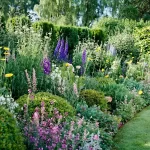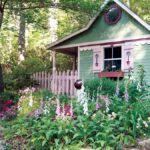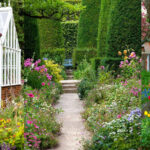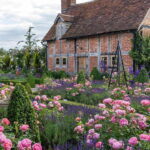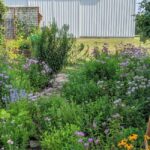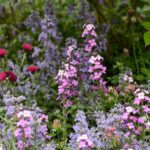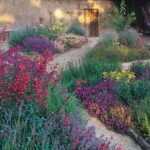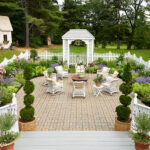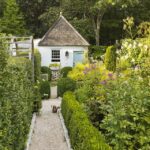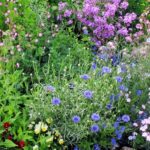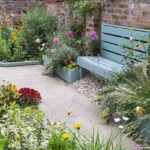A cottage garden is a unique and charming style of gardening that has been popular for centuries. Originating in England during the Middle Ages, cottage gardens were traditionally planted near small homes and cottages to provide food, herbs, and flowers for the residents. Today, cottage gardens are enjoyed by gardeners around the world for their informal, romantic, and nostalgic appeal.
One of the defining characteristics of a cottage garden is its informal design. Unlike formal gardens with structured layouts and manicured lawns, cottage gardens are often characterized by a mix of plants, colors, and textures. Flowers, herbs, and vegetables are typically grown together in a relaxed and haphazard manner, creating a picturesque and unpretentious aesthetic.
Another key feature of cottage gardens is the use of heirloom and cottage garden plants. These plants are often old-fashioned varieties that have been passed down through generations of gardeners. Commonly found in cottage gardens are roses, hollyhocks, foxgloves, lavender, and delphiniums, as well as herbs like thyme, sage, and mint. These plants not only add to the traditional and romantic feel of a cottage garden but also attract pollinators and beneficial insects.
Cottage gardens are often filled with a riot of color and fragrance. The diverse mix of flowers in a cottage garden can provide constant blooms from early spring through late fall, creating a vibrant and ever-changing display. Popular cottage garden blooms include peonies, dahlias, cosmos, zinnias, and poppies, which can be interplanted with fragrant herbs and perennials for a sensory experience that evolves with the seasons.
In addition to their beauty, cottage gardens are also practical spaces. Traditional cottage gardens were designed to provide food and medicine for the residents, and modern cottage gardens continue this tradition by including fruit trees, berry bushes, and vegetables alongside the flowers. This integration of ornamental and edible plants not only adds interest and diversity to the garden but also makes the space more productive and sustainable.
Creating a cottage garden is a rewarding and fulfilling endeavor for gardeners of all skill levels. Whether you have a large yard or a small plot, you can incorporate the principles of cottage gardening into your own outdoor space. By selecting heirloom plants, choosing a mix of colors and textures, and embracing a relaxed and informal design, you can create a beautiful and inviting cottage garden that will bring joy and inspiration to your home.

